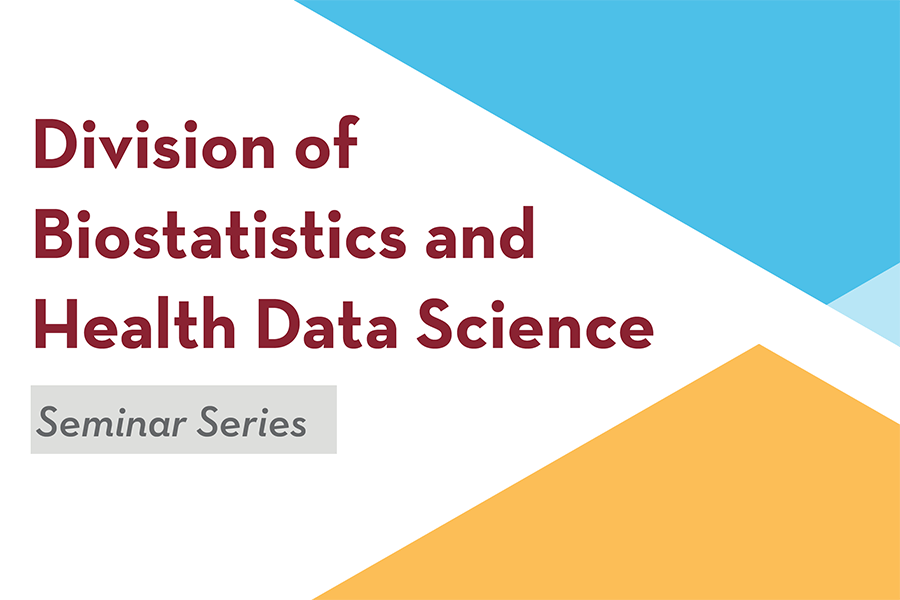Assessing Poisson-distributed Differentially Private Synthetic Data Using County-Level Data from Minnesota on the 1980 Leading Causes of Death
Presented by Julia Kancans
Masters Candidate in Biostatistics
Plan B Adviser: Harrison Quick
CDC WONDER is a database with useful public health information that can be stratified by a number of demographic factors. However, the database is susceptible to targeted attacks and (post-1989) suppresses counts of 1-9. As an alternative to releasing data with suppression, releasing synthetic data has been proposed as a potential method for preserving both individuals’ privacy and the utility of data. Specifically, differentially private Poisson-distributed synthetic data with prior predictive truncation has been proposed as a mechanism for generating synthetic data with provable privacy protections (as measured by a privacy budget). This method has been evaluated on datasets consisting of county-level heart disease and cancer deaths in Pennsylvania and shown to preserve both racial and urban/rural disparities but has yet to be evaluated in acute disease mortality or causes of death with smaller age-standardized mortality rates. Here, we explore the viability of using this approach to generate synthetic data for several leading causes of death using county-level data from Minnesota, with a focus on the synthetic data’s ability to preserve urban/rural disparities in the cause-specific death rates. In addition to highlighting the performance of the approach, we also provide commentary on how to select the level of the privacy budget.


